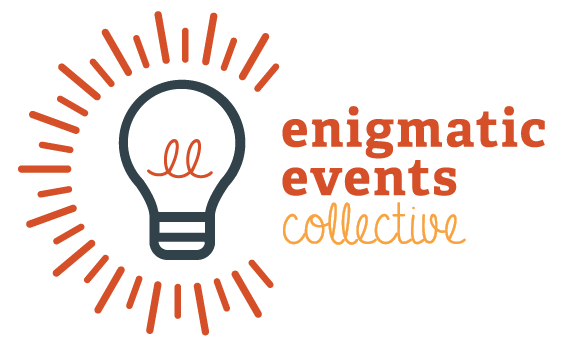Creating an Inclusive Year-End Celebration Your Team Actually Wants to Attend
The end of the year approaches, and with it comes party planning. Work parties can create a feeling of dread - some of us have worked places where we do our best to find a reason not to attend the annual gathering. Almost 80% of people said they value getting to know colleagues face-to-face and building real world relationships but 70% of employees report feeling pressured to attend company parties, and nearly two-thirds have reduced their attendance at after-hours events. The disconnect is clear: people want meaningful connection, not obligatory attendance.
So, how do you create an event that's inclusive to all your staff? How do you make sure it's an event people want to attend? That folks see as a benefit, not a work obligation?
One way is to use an Empathy Map to think about your planned event from different viewpoints. Another approach is to think about the goal of the event - from the point of view of both the planner and the attendees.
Host Goals
Why are you holding this event? The typical answer for a year-end celebration is to create a fun, social event to mark the close of another year.
But let's go deeper - is it to give a morale boost? Or is it for staff recognition? Does the CEO need to make a speech, using the opportunity to get messaging out to everyone? Is it a chance to look forward and reflect on the past year? Or is it more of a social mixer where you hope staff will socialize with colleagues they only have short, transactional interactions with over the year? Maybe it is a chance for the sales team from out of town to meet up with each other in the same space? Or for the IT team to show a different side of themselves?
Having a series of goals will help your event design. You can then answer questions about food (buffet which allows mixing, or sit-down meal which keeps people in place). You can think about drinking - do you want a free bar, or to run a dry event, knowing some of your staff prefer alcohol-free events? If there's a participatory activity, like a murder mystery, it might need to be scheduled before too many drinks are consumed to keep people clear-minded.
Will guests be welcome? If so, how will they be part of the event and feel welcomed when they may not know anyone else? Is some sort of icebreaker needed to help encourage guests to meet each other and other staff members?
Participant Goals
So your staff are coming along - but why? Is it a free meal at a fun location? Or is it that they really want to do karaoke together? Are they there to meet their day-to-day colleagues, or the folks they never meet normally?
Think about the motivations to attend. For some folks, they will feel it is expected of them, and the whole year-end celebration is something to be endured. For these participants, what will ease them the most? Letting them know the timetable of the event can help. If people know when food is being served and when the chairperson's speech will happen, they can set internal expectations of how long the event will be. If you do set a timetable (and we think you should!), try to stick to it as much as possible. Having another 30 minutes of karaoke before food can feel like a chore to those who aren't there for the singing.
Some folks want to socialize. So is there space for people to meet and chat? Some might want to have a chance to say hello to the senior managers - people they might get very little time with day-to-day. This can be a way for both staff and managers to humanize each other and see the person in the business relationship they have.
Making Opt-Out Okay
Here's an important consideration: not everyone will want to attend, and that should be okay. Some staff members may have caregiving responsibilities, cultural or religious reasons for not celebrating at this time of year, social anxiety, or simply prefer not to attend work social events. Creating a culture where non-attendance doesn't carry social penalties or impact how someone is perceived professionally is crucial for true inclusivity.
Make attendance genuinely optional. Avoid scheduling important announcements or recognition exclusively at the year-end celebration - find ways to share this information with the entire team regardless of attendance. Don't track who attends or make attendance part of performance discussions. Consider offering alternative ways for people to feel included, such as a team lunch during work hours, a small gift or bonus, or simply a heartfelt thank-you message.
When you make it clear that opting out is truly acceptable, you might find that more people actually want to attend because they feel respected and not coerced.
Conclusions
By thinking about your goals and your participants' goals, you can create events that are more welcoming and inclusive. Make sure any guests are welcomed. Make sure the event has a clear timetable, especially around food. Make attendance truly optional without penalties. And most importantly, make sure you know what you want to get out of the event too.
When you plan with empathy and intention, your year-end celebration becomes something your team looks forward to - not something they dread.




